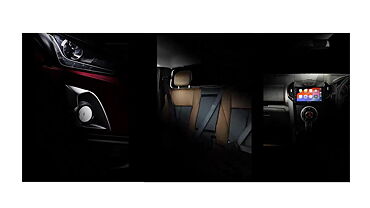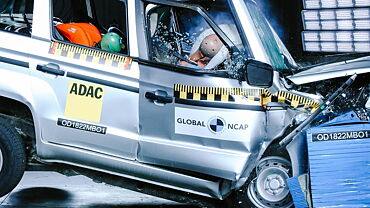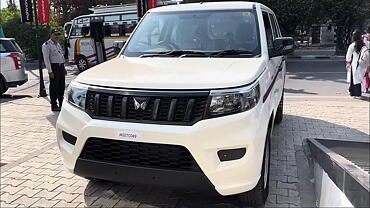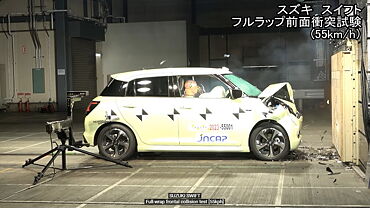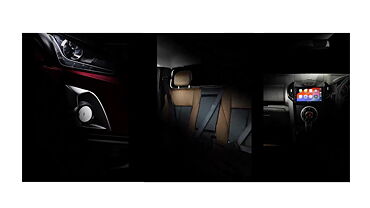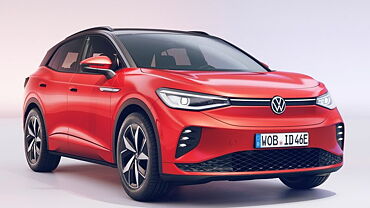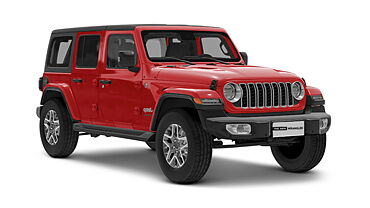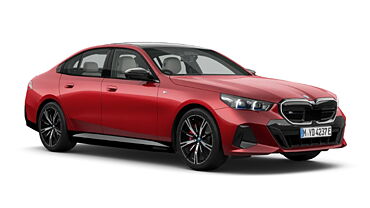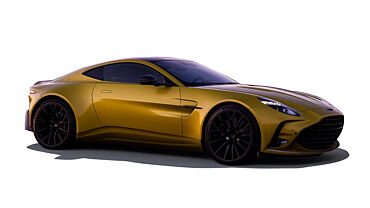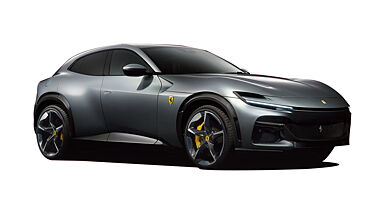The government of India has laid down new GST slabs for the automotive industry, putting an end to the uncertainty that prevailed. While the small cars remain unaffected, mid-size cars, luxury cars and SUVs get additional cess.
The GST council has created a new classification for mid-size cars to separate them from luxury cars. This allows the GST council to limit taxation to C-segment and D-segment sedans while imposing higher taxes on luxury sedans.
Small cars, defined by a length of less than 4m and engine less than 1.2-litre and 1.5 litre capacity, petrol and diesel respectively, will be charged 1 per cent and 3 per cent additional cess on the base 28 per cent slab respectively. The tax structure has been unchanged for this class. Cars like Maruti Suzuki Alto, Renault Kwid, Suzuki Swift, Honda Amaze and Hyundai i20 are all under the ambit of this bracket.
Cars measuring less than 4 metres in length but not falling in the displacement bracket for small cars will attract 15 per cent additional cess over the base 28 per cent slab. Cars like the Fiat Punto Abarth and the Ford Ecosport 1.5 petrol fit in this tax slab.
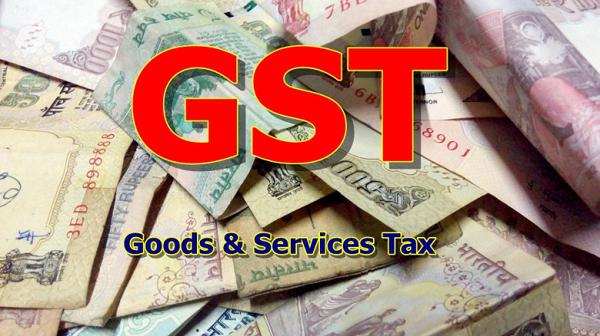
Cars longer than 4 metres in length have been split into two slabs with 17 per cent cess for mid-size sedans and 20 per cent for luxury sedans. For example, the Honda City and the new Hyundai Verna will attract 17 per cent cess which is 2 percent higher than the previous levy. The Mercedes CLA or the BMW 5 Series will attract 20 per cent cess, marking a 5 per cent hike from its existing tax.
SUVs now attract the maximum taxation of 50 per cent – 28 per cent base slab and 22 per cent additional cess which is 7 per cent more than the existing taxation. There is no sub-classification for SUVs which means the Mahindra Scorpio and the Range Rover will all be taxed equally at 50 per cent.
The taxation for hybrid cars and electric cars remains unchanged at 43 per cent and 12 per cent respectively. The GST council’s decision to hike the cess in a gradual manner according to the segments seems to be a much logical implementation than the earlier recommended flat 10 per cent increase in cess.
The automotive industry, especially the luxury car manufacturers, that had seen greater opportunities from the lowered prices, has its reservations against the hike as it might affect car sales as a whole. But taking historical data into account, increased taxation will only manifest as a small hiccup in the sales charts with the numbers jumping back to envisaged targets eventually.



